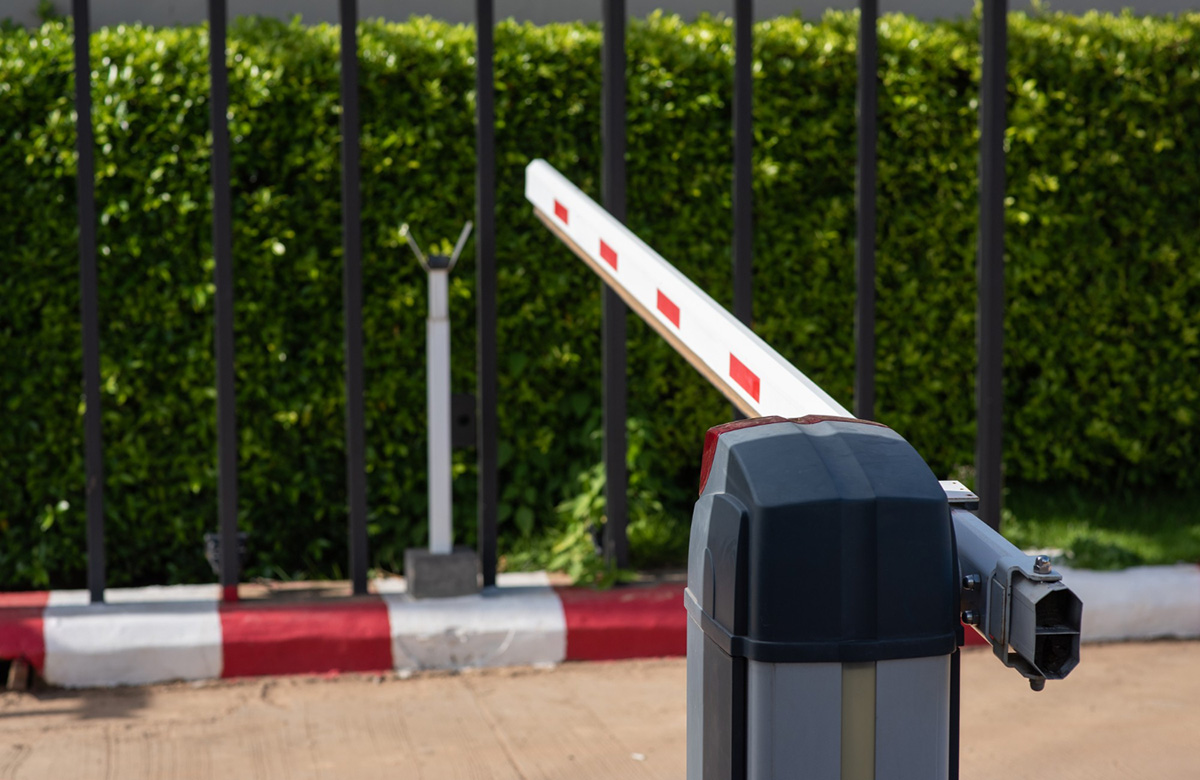Security Features Your Gated Community Needs

Operating a gated community means sustaining residents' and guests' safety and security. Therefore, your security plan needs to be intimate enough to control security breaches or break-ins that can lead to stealing, theft, physical attacks, and other threats. On the other hand, regulating who penetrates and leaves the premises is a fragile balance. This experience should be seamless for inhabitants and approved visitors but impossible for trespassers and offenders.
Is your gated neighborhood safe enough? Do you have the right security measures to protect your community and residents? Our experts on gatehouse access control will supply you with actionable safety procedures and recommendations to enhance the protection of your gated neighborhood.
Protect Access Points
Every property manager should concentrate on two primary security entry points to a gated community for their security planning: the automobile and the pedestrian gates.
Vehicle gates
A gated community's automobile access points are the highest-trafficked locations. Prospects for securing these sites vary from a full-time security guard with monitored surveillance cameras to further barriers and keypads. A restricted access device should regulate all gated entries, like a key fob, pin pad, or remote-control system. In addition, gated neighborhoods might contemplate adding an automatic boom barrier, speed bumps, or tire spikes for added security. These extra measures can help control unwanted vehicles from following residential automobiles into the neighborhood before the gates have time to seal.
For ultimate security, a full-time security guard at the entrance is best. Consider if you had a power outage—it would only take a few moments for unwanted intruders to sidestep restricted access apparatuses and penetrate the premises. A qualified security official at the neighborhood's main entry point would be most valuable as an additional security measure. In addition, it is best practice to keep surveillance cameras at these entry points that on-duty safety officers can observe in real-time.
Pedestrian gates
For pedestrian entry areas, gated neighborhoods may prefer to secure these with a lock and key, keypad system, or key fob. A gate that transmits an alert when left open too long is most useful for ultimate security. Gated neighborhoods should also contemplate installing a surveillance camera at this entry point.
Utilize Technology
In addition to surveillance cameras, gated neighborhoods can improve security by establishing motion detectors that activate a camera recording, spotlight, or warning. Some areas have security staff that can react to these stimuli in real-time, while others use a recording they can check later if a problem arises.
Property managers and safety officers can keep track of all automobiles and pedestrians penetrating the property utilizing digital security technology. For guests, a digital visitor management system can document authorized visitors and allow for quick retrieval in the time of need. An automatic license plate recognition system is the most efficient process for tracking vehicles entering and exiting the property.
Many security systems have cell phone integrations for property managers and other safety staff to access and manage via handheld devices. These security components may even extend to inhabitants to control guests coming in and out of the neighborhood or security administrators to view real-time surveillance footage.
These are a few of the security features every gated community needs. Contact us today for more details on our gatehouse access control solution to protect your gated community.